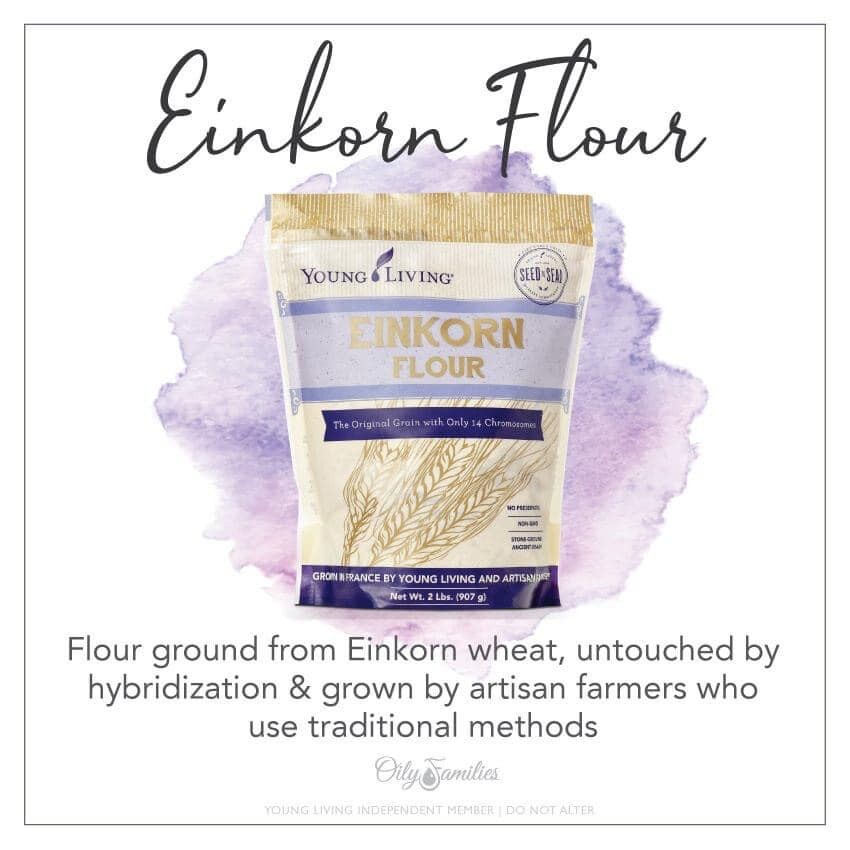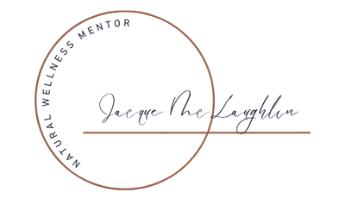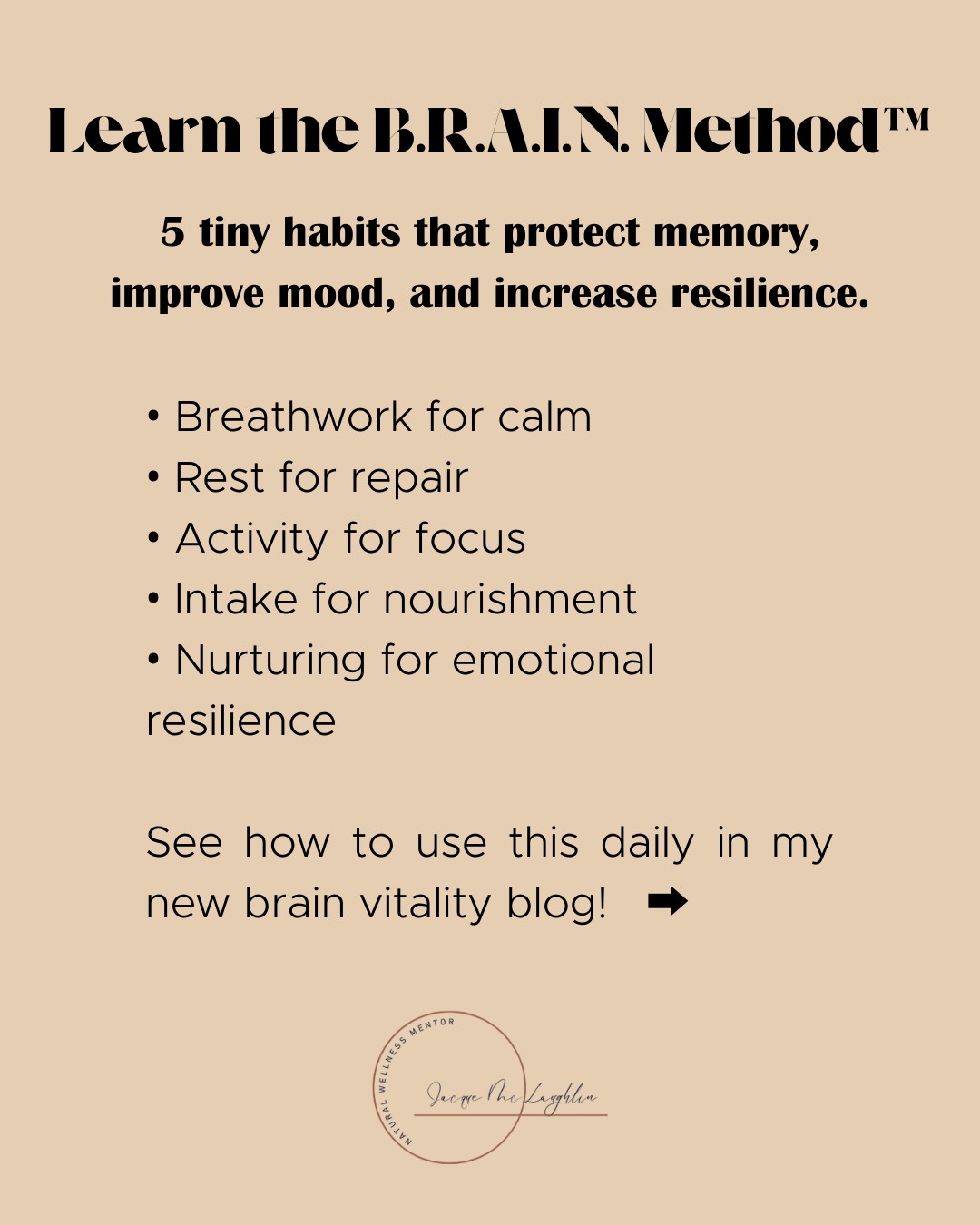
In the 1960s the growing and harvesting of wheat changed dramatically to increase production of wheat. In 1970 Dr. Norman Borlaug even received a Nobel Peace Prize for his discoveries in hybridizing wheat. It sounded good at the time, but the cost to our health was the price to pay. This modern harvesting and threshing of wheat became a one-time process, so the wheat would go straight to the granary, making harvesting easier and faster, as well as reducing the cost to the farmer.
But nobody considered the health consequences by short-cutting the process. There was no time for the wheat to germinate, and the enzymes were not activated, making the wheat difficult to digest. It all came down to speed and money. The end result - what we see today in gluten intolerance and many other digestive issues.
Einkorn wheat is the old-fashioned wheat (not hybridized) and processed the old-fashioned way. The result, easier to digest and much more nutrient absorption.
If you want to try some cool Einkorn Recipes, check out this Sway (just click the link to an online presentation of slides with recipes - and there's even a video inside for an Einkorn Apple Butter cake!
It's best to make the switch to Einkorn now, even if you don't believe you have "issues" with regular wheat. It can take 5 to 10 years for food sensitivities to develop in older people and 20 to 25 years in younger people. Don't wait until you see a problem, start now and enjoy the healthy wheat!
Make sure you subscribe to my blog to get all my great health and wellness tips!
People often ask me what my favorite YL products are. That really depends on many factors— what may be my favorite today could be different than yesterday, depending on what’s going on in my life. But if you’d like to know the Young Living products I absolutely use every single day, click the button below for My Daily Favorites!
















0 Comments